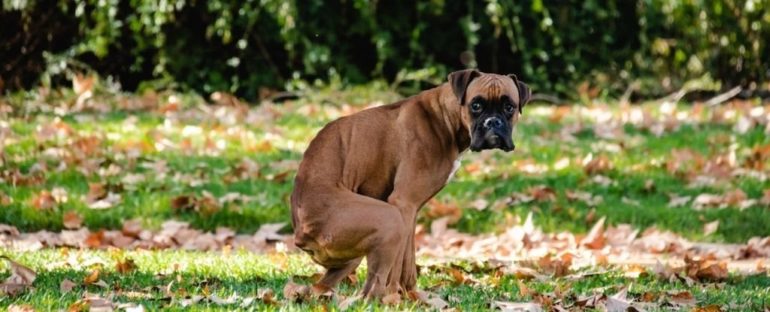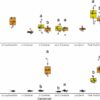Some types of human food might be easier for your dog to digest than dry pellets of dog kibble, according to a new study. Whether or not that more natural ancestral diet results in a healthier dog is another matter, but at the very least, it could get your pet to poop much less (up to two-thirds less, in fact).
The idea that human food is bad for dogs is relatively new, and is historically grounded in marketing, not science.
For thousands of years, humans have been feeding their scraps to canine pets who have slowly evolved to digest them. Commercial dog food, on the other hand, is only a century-and-a-half old and it probably arose as a way to make food waste more profitable.
Today, after decades of unsubstantiated marketing, many pet owners are under the impression table scraps are dangerous for their dogs, while kibble is full of all the nutrients their canines need.
In recent years, however, as the history of ‘Big Kibble’ has come to light, and certain pet foods have been recalled for safety concerns, homemade alternatives have become much more popular, and many pet owners have begun making the switch to healthy, fresh, organic, grain-free and minimally processed commercial options.
Those words certainly sound healthier, but does that mean they are the best choice? The truth is, we simply don’t know yet.
Many commercial pet diets have not been rigorously tested or compared in great detail, even though they technically meet standards for ‘complete and balanced nutrition’. It’s also unclear how to determine what a dog’s ‘natural’ ancestral diet actually contained and what impact modern food might have on their overall health.
That said, some of the first research on human-grade dog food has now found several perks of skipping the kibble. Feeding dogs a mix of meat and vegetables that we ourselves would enjoy appears to make dogs poop much less than dry food.
When a dozen beagles were given a standard diet of kibble for four weeks, the canines had to eat significantly more to maintain their body weight, the authors say, pooping up to three times as much as when they were given a diet of human-grade ingredients. Compared to fresh ingredients, kibble made dogs poop 1.5 to 1.7 times more.
This implies the nutrients in human food are easier for dogs to digest. What’s more, the latter two diets also appeared to modify bacteria in the canine’s gut in a way that kibble couldn’t.
“As we have shown in previous studies, the faecal microbial communities of healthy dogs fed fresh diets were different than those fed kibble,” says nutritional scientist Kelly Swanson from the University of Illinois.
“These unique microbial profiles were likely due to differences in diet processing, ingredient source, and the concentration and type of dietary fibres, proteins, and fats that are known to influence what is digested by the dog and what reaches the colon for fermentation.”
The results largely align with previous research, which found fresh or raw meat diets can also alter a dog’s microbiome, yet further research is needed to determine how this ultimately impacts a dog’s health.
In 2018, Swanson and her colleagues fed eight beagles either a kibble diet, a grain-free roasted diet, or a raw diet. Analysing their physical activity, urine, stool, and blood, the authors found roasted diets were easier to digest than kibble, while both grain-free and raw diets resulted in lower blood sugar levels and higher levels of fat.
But that doesn’t necessarily mean these foods are any healthier. A few years ago, some grain-free boutique dog foods were linked to a form of canine heart disease, leading the United States Federal Drug Advisory (FDA) to caution against that type of diet for dogs.
Besides, apart from the health of our pets, there’s also an environmental impact to consider. If every pet dog is fed human-grade meat, fish, and vegetables, the consequences for carbon emissions and climate change would be immense.
As such, some scientists are advocating we swap kibble and human-grade food for insect-based diets, which can produce 25 times less greenhouse emissions per kilogram of farming than beef, while using 47 times less land, and using about 20 times less water.
In the end, Swanson says as long as a diet is shown to be safe and meets the nutritional needs of your dog, she considers it an acceptable option. If you want to pay more for premium ingredients, that’s up to you.
“To me, the most important thing is testing these new diet formats and products before they are commercially available,” she said in 2018.
Until we know more, that seems like a measured approach.
The study was published in the Journal of Animal Science.



